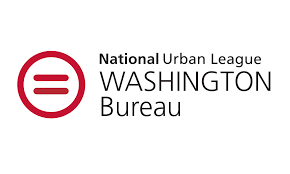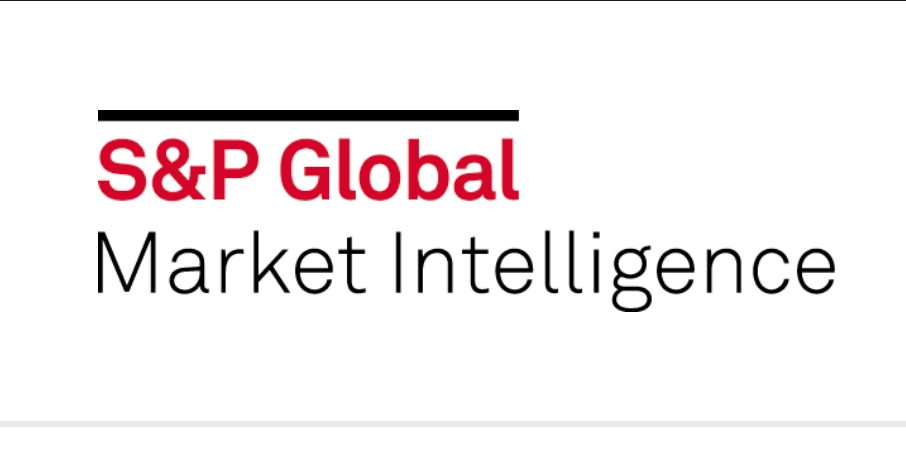Prior to the life-altering appearance of the coronavirus, most small businesses reported being in “good shape,” with 73% reporting good or stable financial health. However, depending on the race or ethnicity of the owner, the financial health of these businesses varied greatly. Twenty-seven percent of small white-owned businesses reported being “at risk” or “in distress,” compared to 49% of small Hispanic-owned businesses and 57% of small Black-owned businesses reporting the same.[1]
During the turbulence of the pandemic — with its resulting human, economic, and financial crises unfolding together at breakneck speed — Black and Hispanic businesses were woefully unprepared to weather the adverse economic shock.
According to the Federal Reserve, even before the health crisis, minority-owned businesses were more likely to be financially distressed and three times more likely to close than a nonminority-owned business in the event of a two-month revenue shock.[2] The concentration and overrepresentation of small minority-owned businesses in certain sectors — such as accommodation and food services, personal and laundry services, and retail — made them even more vulnerable in the wake of COVID-19.[3]
Many businesses felt the effects of the pandemic by the spring of 2020. It is estimated that 100,000 small businesses (or 2% of small businesses) had already closed in May of 2020.[4] In the following month, things became far worse. Among the businesses listed on Yelp, the 140,000 businesses that closed on March 1 remained closed by mid-June. Thirty-five percent of the listed shopping and retail businesses had closed their doors temporarily, while 53% of the listed restaurants closed their doors permanently.[5]
The pandemic, along with its mandated restrictions and voluntary actions, caused one of the sharpest economic downturns in U.S. history. Small business revenue took a big hit. Many businesses were left unable to meet their expenses, particularly Black-owned businesses, and temporary and permanent business closings became a tell-tale remnant of the crisis (Fairlie 2020; Global Strategy Group 2020).
In the face of this historic recession, Congress sprang into action and established the Paycheck Protection Program (PPP), a forgivable loans program for small businesses to keep their employees on their payroll during the public health crisis. It was the largest ever investment in small businesses, and it served as a critical lifeline, lessening the pain of the pandemic-induced recession for some, while postponing it for others.
The federal Small Business Administration (SBA) administered the Paycheck Protection Program (PPP). The program provided approximately $350 billion in loans — allotted for operating expenses, including payroll, mortgage interest or rent, utilities, and approved expenses — to small businesses with 500 employees or less. To disburse the loans, the SBA relied on SBA-qualified lenders, including depository institutions, such as banks and credit unions, as well as non-depository institution lenders, such as Community Development Financial Institutions (CDFIs).
The SBA began accepting PPP loan applications April 3, 2020. Thirteen days later, the funding had already run out. It was big corporations and businesses — not the intended small businesses — that received the lion’s share of funds. The difficulties small business owners faced when attempting to access PPP loans were well documented (Global Strategy Group 2020; Trevizo 2020).
Congress acted by allocating an additional $310 billion in funding for a second round of PPP loans. For round two, Congress made a few course-correcting modifications, including allowing the smallest businesses and non-traditional businesses that were initially meant to be targeted access to the loans first. The Federal Reserve created the Paycheck Protection Program Liquidity Facility (PPPLF) to give a much-needed financial boost to the Paycheck Protection Program. The PPPLF provided credit to SBA lenders using PPP loans as collateral. In doing so, the Federal Reserve supplied added liquidity and, thus, expanded the capacity of financial institutions to make PPP loans.
When announcing that the PPPLF was fully operational on April 16, 2020, the Federal Reserve initially made the provision available to depository institutions only. (By April 30, access was extended to all SBA-authorized lenders.) The initial provision provided credit to smaller non-depository institutions that were more likely to lend in communities underserved by commercial banks, such as CDFIs and fintech operators (Liu and Volker, 2020). Furthermore, these non-traditional lenders benefited greatly from the PPPLF’s affordable credit, thus bolstering the likelihood of their participation in the Paycheck Protection Program.
Minority-owned businesses reported not being able to access PPP loans due to the SBA’s heavy reliance on large banks, with whom they have had historically poor relationships.[6] In addition, the burden of business closures was unevenly distributed. By April 2020, 41% of Black-owned businesses reported being closed, compared to 35% business closures overall (Fairlie 2020). A nationwide survey conducted by the Global Strategy Group for the Color of Change and UnidosUS (the only survey that provided demographic data on PPP loan recipients) reported that, despite the initial round of PPP loan support, 45% of Black and Latino businesses would close by the end of the 2020 without more relief.
When you take historical discrimination in lending and the initial design of the Paycheck Protection Program into account, it is likely that many Black-owned businesses received smaller PPP loans than they should have. My coauthors and I found that Black-owned businesses received loans that were approximately 50% lower than observationally similar white-owned businesses. The silver lining is that the difference was marginally smaller in areas with more bank competition and disappeared over time as changes to the program were implemented (Atkins, Cook, and Seamans 2021).
Given these realities, a few possible policy interventions seem warranted.
First, in preparation for the next financial crisis or national emergency, racial disparities in lending through traditional financial institutions need to be investigated and addressed by the various regulators who oversee these institutions. Discriminatory lending and banking practices should not be allowed to exist anywhere in the financial system.
Second, the next and final SBA inspector general’s report should include a systematic accounting of the factors that negatively affected the participation of Black business owners in the Paycheck Protection Program. And beyond preparation for future economic and health crises, SBA infrastructure and capacity should be increased such that all loans, whether standard or emergency, are processed more rapidly than is currently the case. Moreover, the SBA should consider providing direct funding in the near future.
Third, demographic data collected at the time of the execution of the program should be applied to all PPP loans going forward. This is standard for other SBA loans and will help with targeting funding better in the future.
Finally, serious consideration should be given to increasing the capacity of CDFIs to reach and service business owners in underserved communities, and the systemic factors that engender the structurally fragile nature of small minority-owned businesses should be addressed.[*]
[1] McKinsey (2020).
[2] McKinsey (2020).
[3] McKinsey (2020).
[4] Bartik, Bertrand, Cullen, Glaeser, Luca, and Stanton (2020).
[5] Grossman (2020).
[6] Color of Change (2020).
[*] Atkins, Rachel, Lisa D. Cook, and Robert Seamans, “Discrimination in Lending? Evidence from the Paycheck Protection Program,” January 15, 2021.
Baker, Scott R., R.A. Farrokhnia, Michaela Pagel, Constantine Yannelis, and Steffen Meyer, “Here’s How Americans are Spending Their Stimulus Checks,” Kellogg Insight, Kellogg School of Management, Northwestern University, April 2020.
Bartik, Alexander, Marianne Bertrand, Zoe Cullen, Edward Glaeser, Michael Luca, and Christopher Stanton, NBER Working Paper No. 26989, April 2020.
Bartik, Alexander, Marianne Bertrand, Feng Lin, Jesse Rothstein, and Matthew Unrath, “Measuring the Labor Market at the Onset of the COVID-19 Crisis,” Becker-Friedman Institute Working Paper Series No. 2020-83, University of Chicago, June 2020.
Cook, Lisa D., “Getting Money Urgently to Low-Wage Workers,” Washington Center for Equitable Growth, March 30, 2020.
Fairlie, Robert W., “The Impact of Covid-19 on Small Business Owners: Evidence of Early-Stage Losses from the April 2020 Current Population Survey,” NBER Working Paper No. 27309, June 2020.
Grossman, Matt, “140,000 Businesses Listed on Yelp Are Still Closed Because of Covid-19 Pandemic,” Wall Street Journal, June 25, 2020.
Guzman, Zack, “Rising coronavirus cases threaten the already shaky recovery for America's restaurants,” Yahoo Finance, July 6, 2020.
Long, Heather, “Small business used to define America’s economy. The pandemic could change that forever.” Washington Post, May 12, 2020.
McKinsey and Co., “COVID-19’’s effect on minority-owned small businesses in the United States,” May 2020.
Merle, Renae, “Evictions are likely to skyrocket this summer as jobs remain scarce. Black renters will be hard hit,” Washington Post, July 6, 2020.
Paine, Neil and Amelia Thomson-DeVeaux, “What Economists Fear Most in This Recovery,” FiveThirtyEight.com, June 23, 2020.
U.S. Census Bureau, Household Pulse Survey, June 2020.



